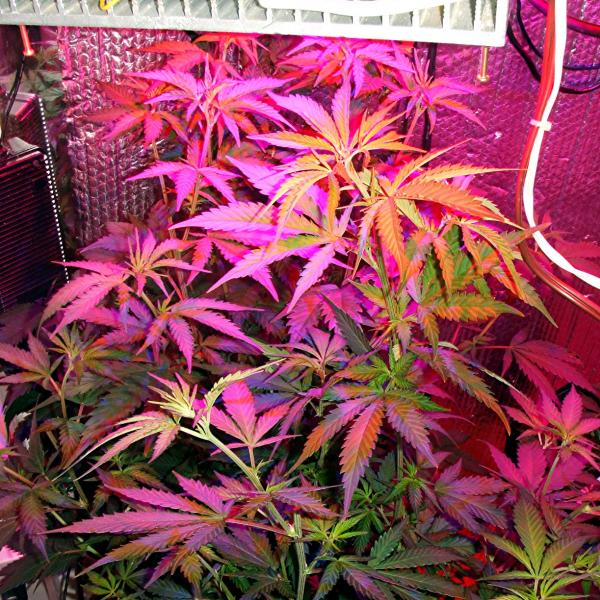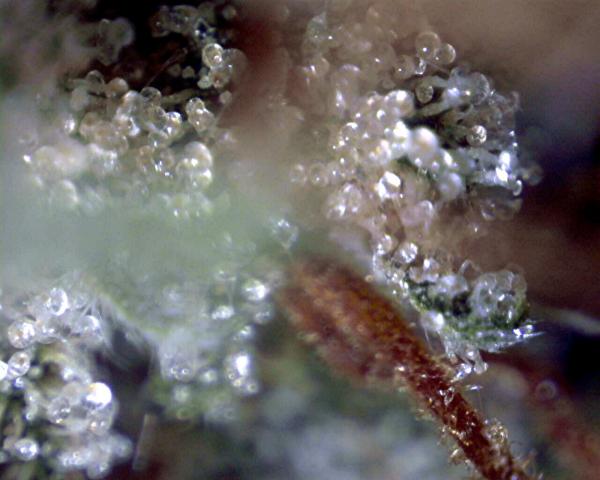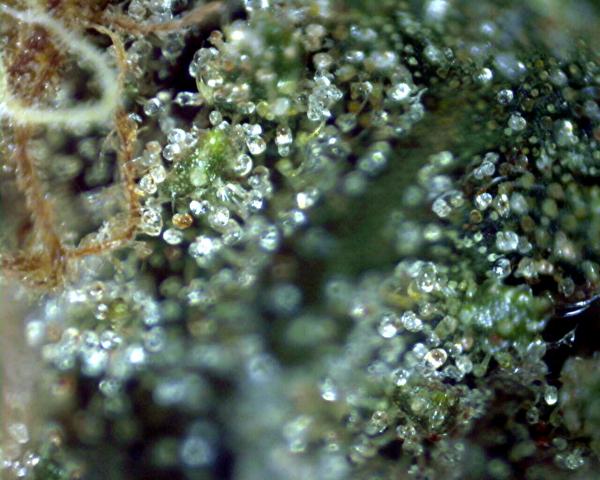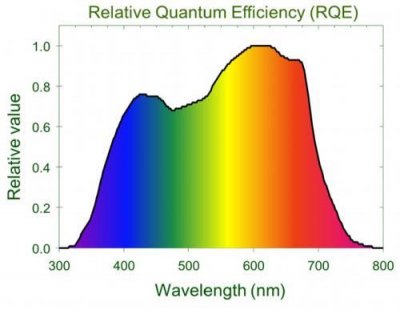@Wee Zard Interesting about your experience with sunlight and glad heads. I'll have to check it out. I will actually be testing UVB as an addition to my LED's.
But I was hoping for a specific citation or something on the 16:1.
I actually did read it somewhere.
I'll try to find it again and point you at it.
"
The action spectrum of photosynthesis is a graph showing the rate of photosynthesis for each wavelength of light. The rate of photosynthesis will not be the same for every wavelength of light. The rate of photosynthesis is the least with green-yellow light (525 nm-625 nm). Red-orange light (625nm-700nm) shows a good rate of photosynthesis however the best rate of photosynthesis is seen with violet-blue light (400nm-525nm).
An absorption spectrum is a graph showing the percentage of light absorbed by pigments within the chloroplast, for each wavelength of light. An example is the absorption spectrum of chlorophyll a and b. The best absorption is seen with violet-blue light. There is also good absorption with red-orange light. However most of the green-yellow light is reflected and therefore not absorbed. This wavelength of light shows the least absorption.
As we can see, there is a close relationship between the action spectrum and absorption spectrum of photosynthesis. There are many different types of photosynthetic pigments which will absorb light best at different wavelengths. However the most abundant photosynthetic pigment in plants is chlorophyll and therefore the rate of photosynthesis will be the greatest at wavelengths of light best absorbed by chlorophyll (400nm-525nm corresponding to violet-blue light). Very little light is absorbed by chlorophyll at wavelengths of light between 525nm and 625 (green-yellow light) so the rate of photosynthesis will be the least within this range. However, there are other pigments that are able to absorb green-yellow light such as carotene. Even though these are present in small amounts they allow a low rate of photosynthesis to occur at wavelengths of light that chlorophyll cannot absorb."
They pulled the numbers from the absorption graphs but I can't find the 16X citation.
I'll keep lookin'
Best of luck with your UVb experiments I've fooled around wit UV B and C.
I found no advantage in the UVb, and the UVc was damaging.
254nm UV-c fried a few buds. :D
Didn't even "ripen" the glands faster. Just cooked them off and damaged tissue.
Aloha, Wee




